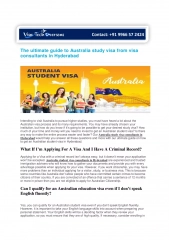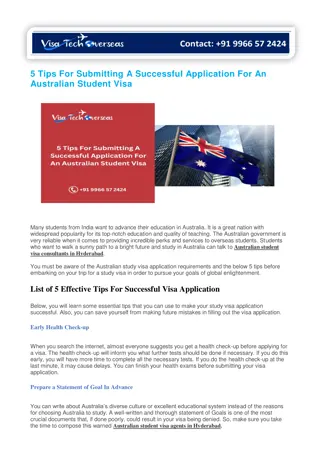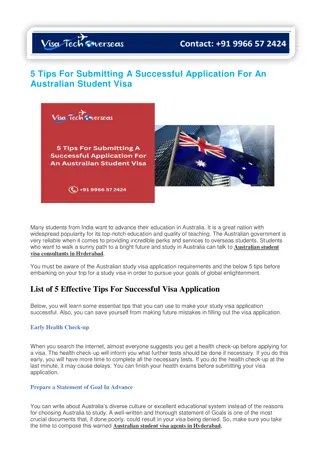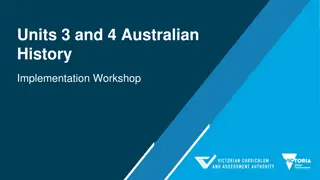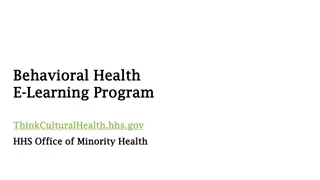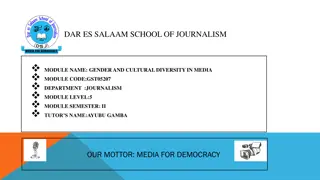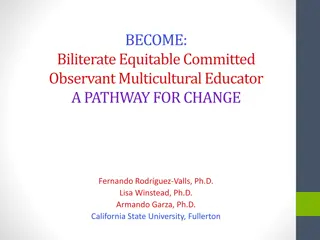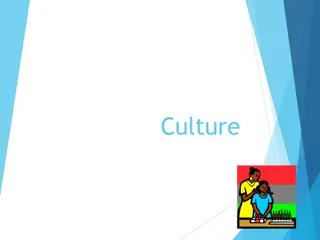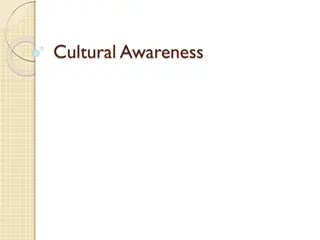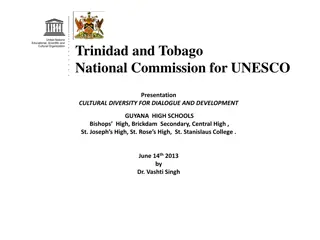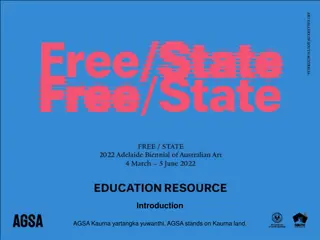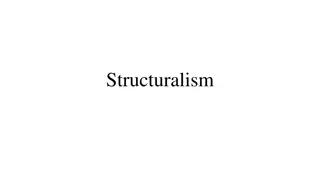Cultural and Linguistic Diversity in Australian Education System
Students in the Australian Curriculum develop intercultural understanding by valuing their own cultures and those of others. This includes learning about diverse cultures, creating connections, and fostering mutual respect. The education system in Australia reflects cultural diversity, with a significant percentage of students coming from language backgrounds other than English. Schools in New South Wales have a high number of students requiring ESL support, with various languages spoken including Mandarin, Arabic, Cantonese, and others.
Download Presentation

Please find below an Image/Link to download the presentation.
The content on the website is provided AS IS for your information and personal use only. It may not be sold, licensed, or shared on other websites without obtaining consent from the author.If you encounter any issues during the download, it is possible that the publisher has removed the file from their server.
You are allowed to download the files provided on this website for personal or commercial use, subject to the condition that they are used lawfully. All files are the property of their respective owners.
The content on the website is provided AS IS for your information and personal use only. It may not be sold, licensed, or shared on other websites without obtaining consent from the author.
E N D
Presentation Transcript
Intercultural understanding and ACARA In the Australian Curriculum, students develop intercultural understanding as they learn to value their own cultures, languages and beliefs, and those of others. They come to understand how personal, group and national identities are shaped, and the variable and changing nature of culture. The capability involves students in learning about and engaging with diverse cultures in ways that recognise commonalities and differences, create connections with others and cultivate mutual respect. Intercultural understanding is an essential part of living with others in the diverse world of the twenty-first century. It assists young people to become responsible local and global citizens, equipped through their education for living and working together in an interconnected world. http://www.australiancurriculum.edu.au/GeneralCapabilities/Intercultural- understanding/Introduction/Introduction
Cultural diversity of Australia (2011 Census) Australia NSW 2.5% of people are Indigenous. 2.5% of people are Indigenous 69.8 % of people were born in Australia. 68.6% of people were born in Australia. 24.6% of people were born overseas. 25.7% of people were born overseas. 61.1% of people are Christian. 64.5% of people are Christian. 30.9% of people said they had no religion or did not identify a religion at the last census. 25.7% of people stated they had no religion or did not identify a religion at the last census. Intercultural Understanding ESL and Multicultural Programs Unit
Linguistic diversity of Australia Australia 76.8% of people speak only English. 72.5% of people speak only English. 20.4% speak two or more languages. 24.5% speak two or more languages. Indigenous languages are spoken by about 61,800 people. Indigenous languages are spoken by about 1,299 people. Most common languages other than English: Mandarin, Italian, Arabic, Cantonese and Greek Most common languages other than English: Arabic, Mandarin, Cantonese, Vietnamese and Greek Intercultural Understanding ESL and Multicultural Programs Unit
Cultural and linguistic diversity in NSW government schools 749, 162 students enrolled (2012) 229,106 (30.2%) students from language backgrounds other than English (2012) 47,086.8 (6.3%) are Aboriginal or Torres Strait Islander (2012) 137,140 (18.3%) students require ESL support (2012) 3,998 students from refugee backgrounds (1 June 2013) 3,303 international students (2012) 6,500 7,500 newly arrived ESL students enrol each year Intercultural Understanding ESL and Multicultural Programs Unit
Main languages spoken in NSW government schools (as % of LBOTE) Tagalog (Filipino) (3.6%) Chinese languages Mandarin, Cantonese and other Chinese (18%) Samoan (3.2%) Arabic (13.2%) Korean (3.1%) Vietnamese (6.6%) Spanish (2.9%) Greek (4.0%) 10.Italian (2.6%) Hindi (4.0%) Main languages spoken by newly arrived students: Mandarin, Arabic, Korean, Filipino, Cantonese, Vietnamese, Hindi, Samoan, Tamil, Persian, Dari, Indonesian, Nepalese, Urdu, Spanish, Thai, Assyrian, Japanese, Punjabi, Bengali
Main languages spoken in NSW government schools (as % of LBOTE) Italian 4% Spanish 5% Korean 5% Chinese 29% Samoan 5% Tagalog ( Filipino) 6% Hindi 7% Greek 7% Arabic 21% Vietnamese 11%




